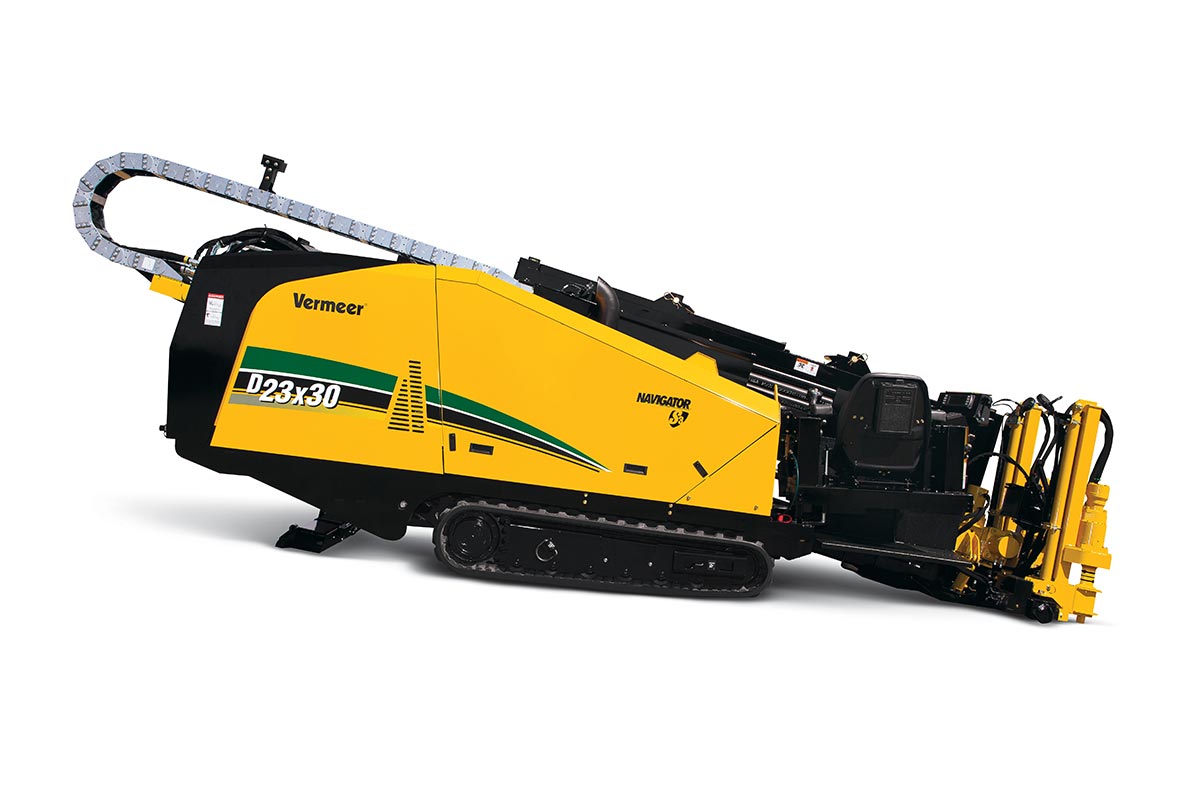Horizontal Directional Drilling, commonly referred to as HDD, is a revolutionary technology in the area of underground construction and utility installation. This cutting-edge drilling technique facilitates the installation of pipelines, ducts, and cables without the need for considerable surface disruption. As Horizontal Directional Drilling Ballymena Northern Ireland continue to change, HDD offers a trustworthy solution for traversing urban environments, sensitive ecological areas, and complex terrains. Grasping how HDD works and its myriad advantages can provide project planners and engineers with the understanding needed to make wise decisions for their projects.
In an era where reducing environmental impact and accelerating project timelines are crucial, the significance of technology in HDD cannot be ignored. The integration of sophisticated tools such as GPS and live monitoring systems has dramatically enhanced the accuracy and effectiveness of drilling operations. As we explore the intricacies of horizontal directional drilling, we will discuss its benefits, challenges, and the future landscape of trenchless technology, shedding light on why HDD is gaining preference for utility installations and critical infrastructure projects.
Comprehending Horizontal Directional Boring
Horizontal Directional Drilling represents a method employed to set up underground utilities with limited surface disruption. It includes the utilization of a specialized drilling rig that creates a lateral hole through the ground, allowing for the installation of pipes, cables, and other utilities under existing structures, roads, and vulnerable ecological spaces. The process typically begins with a pilot bore being bored following a specified route, which can maneuver around barriers and adhere to particular slopes.
The HDD method is distinguished in contrast to traditional trenching because it considerably minimizes the impact on the adjacent environment. Traditional digging often leads to significant excavations and the removal of considerable amounts of earth and plants, while HDD maintains the integrity of the environment, preserving its original state. This reduces both the environmental footprint and related restoration costs, rendering it a more eco-friendly choice for infrastructure installation.
One of the key advantages of HDD is its capability to traverse challenging terrains. This feature renders it especially effective for initiatives in city areas where space is restricted and for crossing streams and roads where conventional methods would be infeasible or problematic. The innovation behind HDD constantly evolves, leading to improvements in productivity and precision, ultimately enhancing the overall effectiveness of underground infrastructure installations.
Advantages and Environmental Impact of HDD
Horizontal Directional Drilling provides numerous pros compared to traditional digging techniques, particularly in urban settings where space is limited. This capacity to install infrastructure lines without extensive ground disturbance allows for quicker project finish. HDD further minimizes the need for extensive restoration efforts following installation, cutting down overall assignment timelines and costs. The precision of HDD methods ensures that installations can be executed with minimal impact on existing infrastructure, benefiting both project managers and local residents alike.
Ecological effects is a crucial consideration in contemporary building methods, and HDD is recognized as an environmentally friendly option. This method lessens the footprint of building work, protecting vegetation and animal habitats. HDD also minimizes ground erosion and soil displacement, which can be detrimental to adjacent water bodies and natural environments. By utilizing trenchless methods, HDD assists maintain the existing landscape while simultaneously meeting the demands of infrastructure laying.
Moreover, HDD is vital in addressing regulatory and approval challenges concerning environmental protection. By reducing ground disturbance, HDD projects often encounter fewer obstacles in obtaining necessary approvals, resulting in a more efficient process. This feature is crucial in sensitive areas where compliance with ecological laws is strict. As the demand for sustainable construction practices increases, HDD is increasingly recognized for its ability to balance development requirements with environmental protection.
Emerging Innovations and Advancements in HDD
As Horizontal Directional Drilling technology evolves, we can expect to witness significant advancements in the accuracy and effectiveness of HDD projects. Emerging technologies such as cutting-edge GPS systems and real-time data analytics are being integrated into standard HDD practices. These developments enhance the accuracy of drilling paths and allow operators to make informed decisions, minimizing the likelihood of expensive errors and project delays.
Another important trend is the increasing focus on sustainability within HDD operations. Companies are progressively adopting eco-friendly drilling fluids and methods that reduce harm to the ecosystem. The trend towards greener operations not just benefits the ecosystem but also aligns with regulatory requirements and public expectations. As awareness of environmental issues grows, HDD will play a crucial role in achieving construction goals without extensive surface disruption.

Finally, the integration of automated technology and robotics into HDD is on the rise, with manufacturers creating automated technologies that can perform complex tasks traditionally carried out by skilled personnel. These developments are set to simplify the HDD process even further, improving safety and reducing labor costs. As we look towards the future, the combination of technology with HDD will persist in transforming how utility installations are performed, making them swifter, less hazardous, and more efficient than ever before.
